Rising Awareness of Skin Health
The growing awareness of skin health and the importance of skincare routines is a significant driver for the Salicylic Acid Market. Consumers are increasingly educated about the benefits of active ingredients, leading to a surge in demand for products containing salicylic acid. This awareness is often fueled by social media and influencer marketing, which highlight the effectiveness of salicylic acid in treating various skin conditions. As a result, brands are responding by incorporating salicylic acid into their product lines, thereby expanding the market. The emphasis on preventive skincare and the desire for clear, healthy skin are likely to sustain this trend, further bolstering the salicylic acid market.
Increasing Prevalence of Skin Disorders
The rising incidence of skin disorders such as acne, psoriasis, and dandruff is a primary driver for the Salicylic Acid Market. According to recent data, approximately 85% of individuals aged 12 to 24 experience acne at some point, leading to a heightened demand for effective treatment options. Salicylic acid, known for its exfoliating properties, is widely utilized in various dermatological products. This trend is further supported by the growing awareness of skin health, prompting consumers to seek products that contain salicylic acid as a key ingredient. The increasing prevalence of skin disorders is likely to propel the market forward, as consumers prioritize effective solutions for their skin concerns.
Regulatory Support for Cosmetic Ingredients
Regulatory bodies are increasingly supporting the use of salicylic acid in cosmetic formulations, which serves as a catalyst for the Salicylic Acid Market. Guidelines established by health authorities ensure that salicylic acid is used safely and effectively in various products. This regulatory backing not only enhances consumer confidence but also encourages manufacturers to innovate and expand their product offerings. As regulations evolve, the market is likely to see a rise in the development of new formulations that incorporate salicylic acid, catering to diverse consumer needs. This supportive regulatory environment is expected to play a crucial role in the sustained growth of the salicylic acid market.
Expansion of Personal Care and Cosmetic Industry
The continuous growth of the personal care and cosmetic industry significantly influences the Salicylic Acid Market. With a projected market value reaching over 500 billion dollars by 2025, the demand for innovative skincare products is on the rise. Salicylic acid is a favored ingredient in many formulations, particularly in acne treatment and exfoliating products. As consumers become more discerning about their skincare choices, the inclusion of salicylic acid in formulations is likely to enhance product appeal. This expansion is driven by a combination of factors, including increased disposable income and a growing interest in skincare routines, which collectively contribute to the robust growth of the salicylic acid market.
Technological Advancements in Product Formulation
Technological advancements in product formulation are driving innovation within the Salicylic Acid Market. The development of new delivery systems and formulations enhances the efficacy of salicylic acid in skincare products. For instance, encapsulation technologies allow for controlled release, improving the stability and effectiveness of salicylic acid in various applications. As manufacturers invest in research and development, the introduction of novel formulations is likely to attract consumers seeking effective solutions for their skin concerns. This focus on innovation not only meets consumer demands but also positions the salicylic acid market for continued growth in an increasingly competitive landscape.
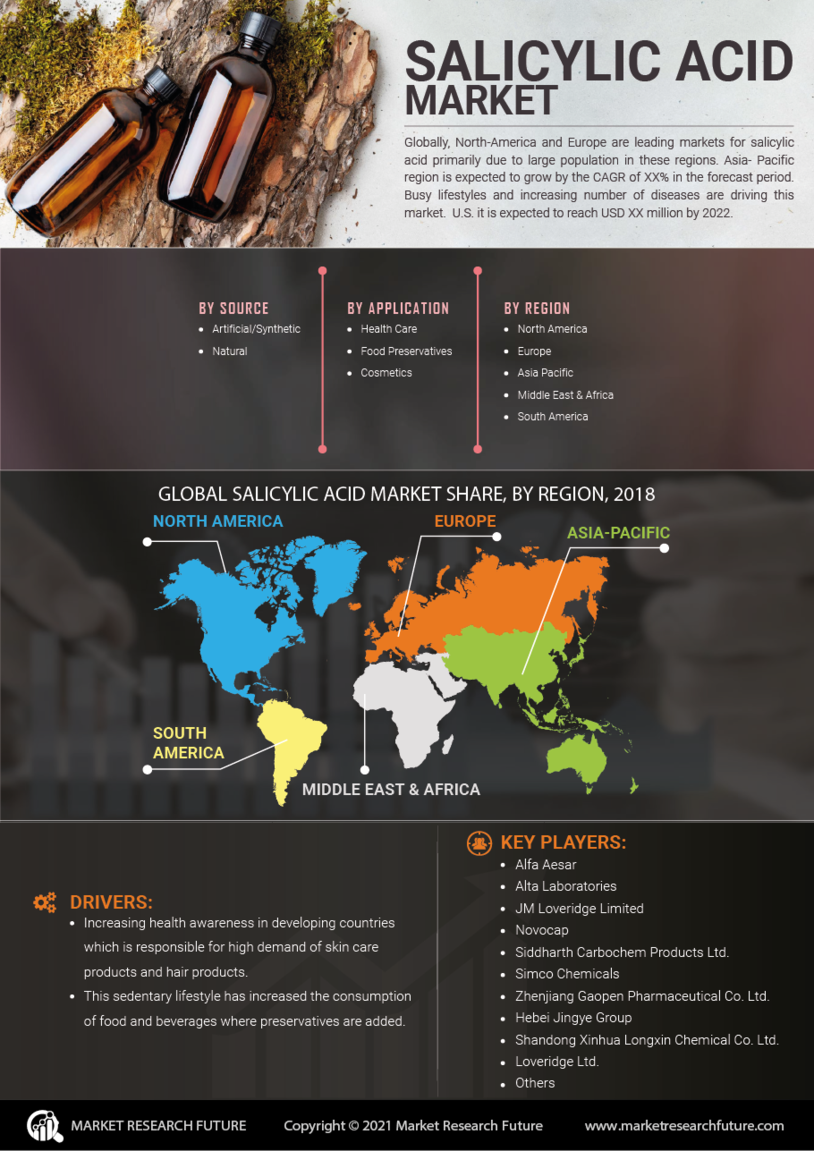

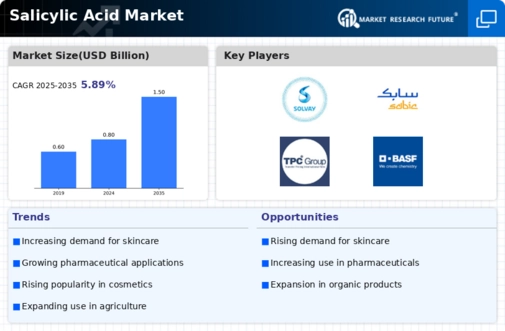
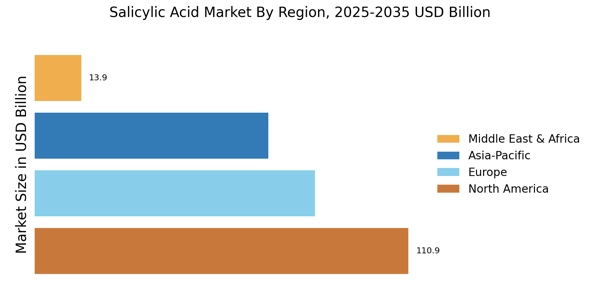
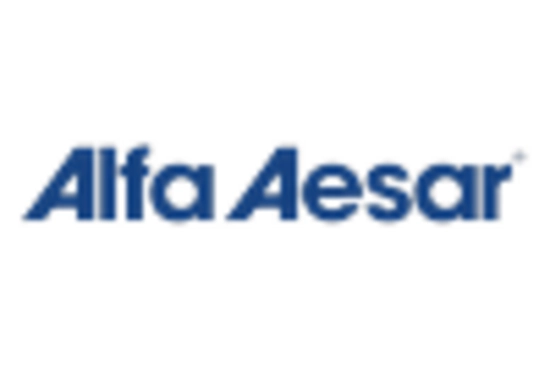


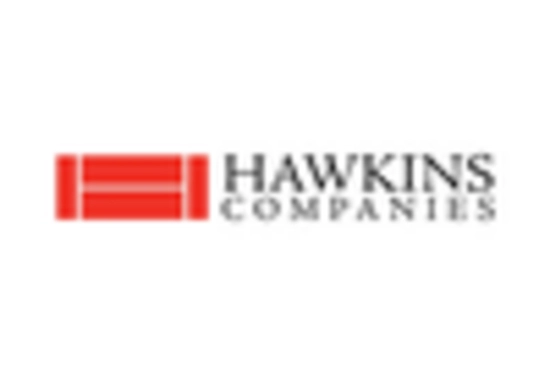










Leave a Comment